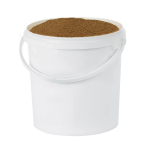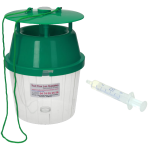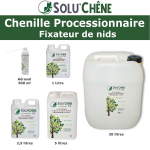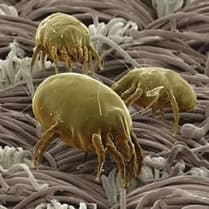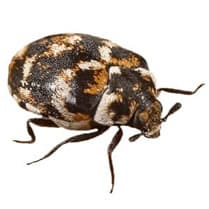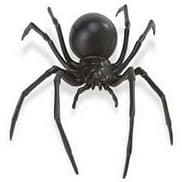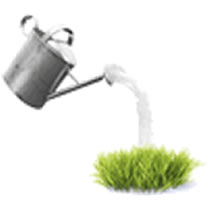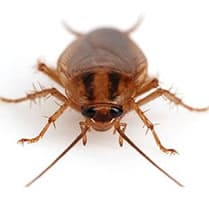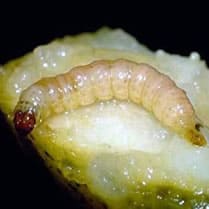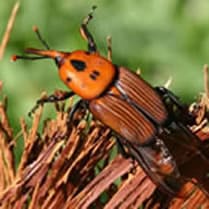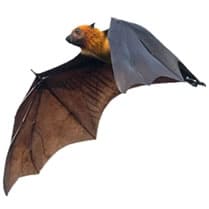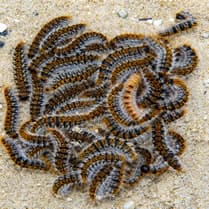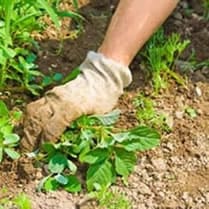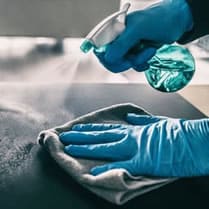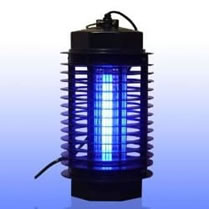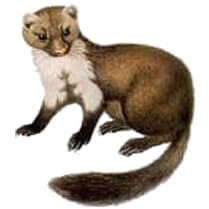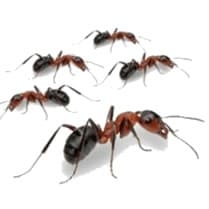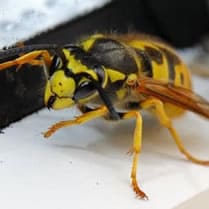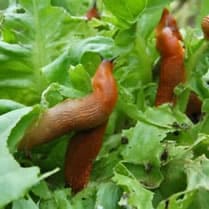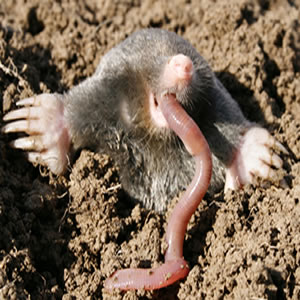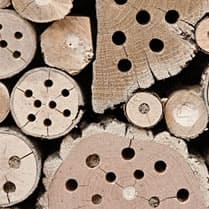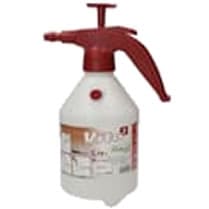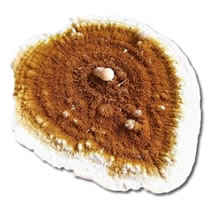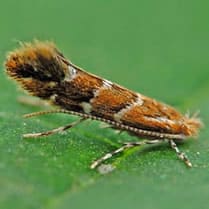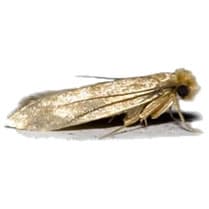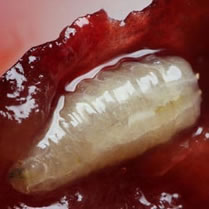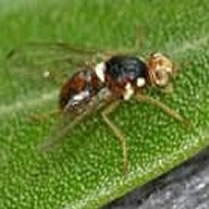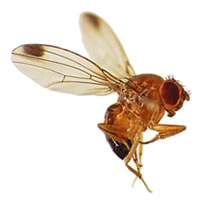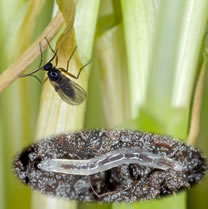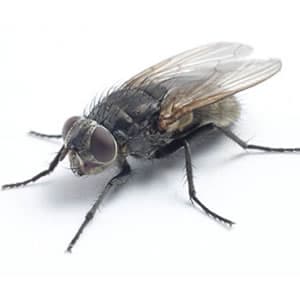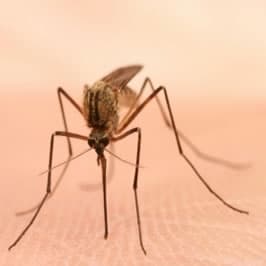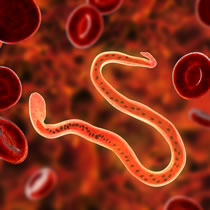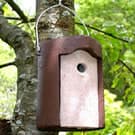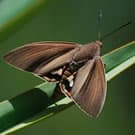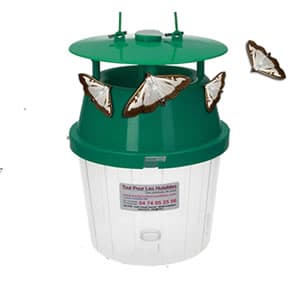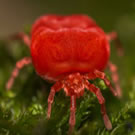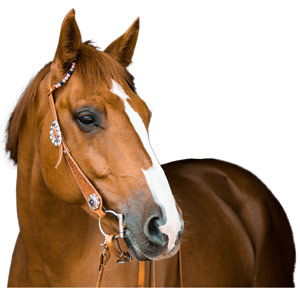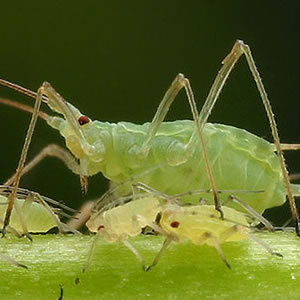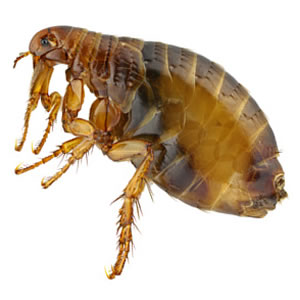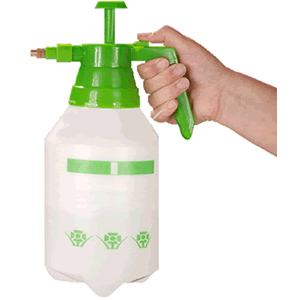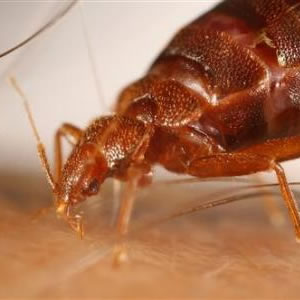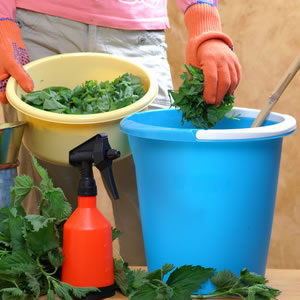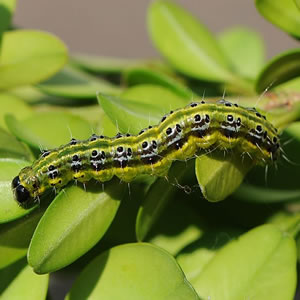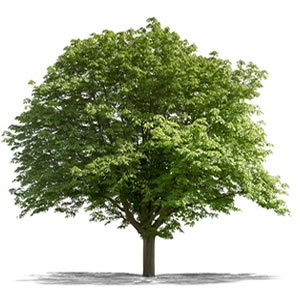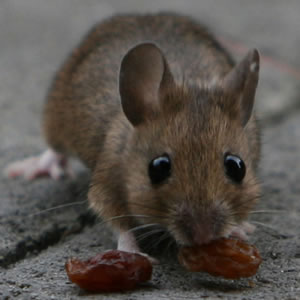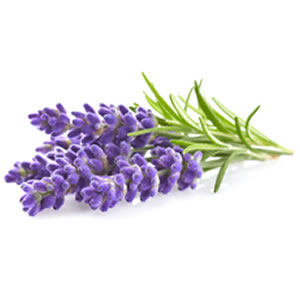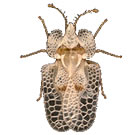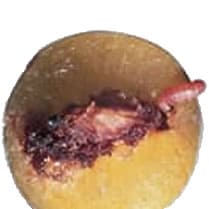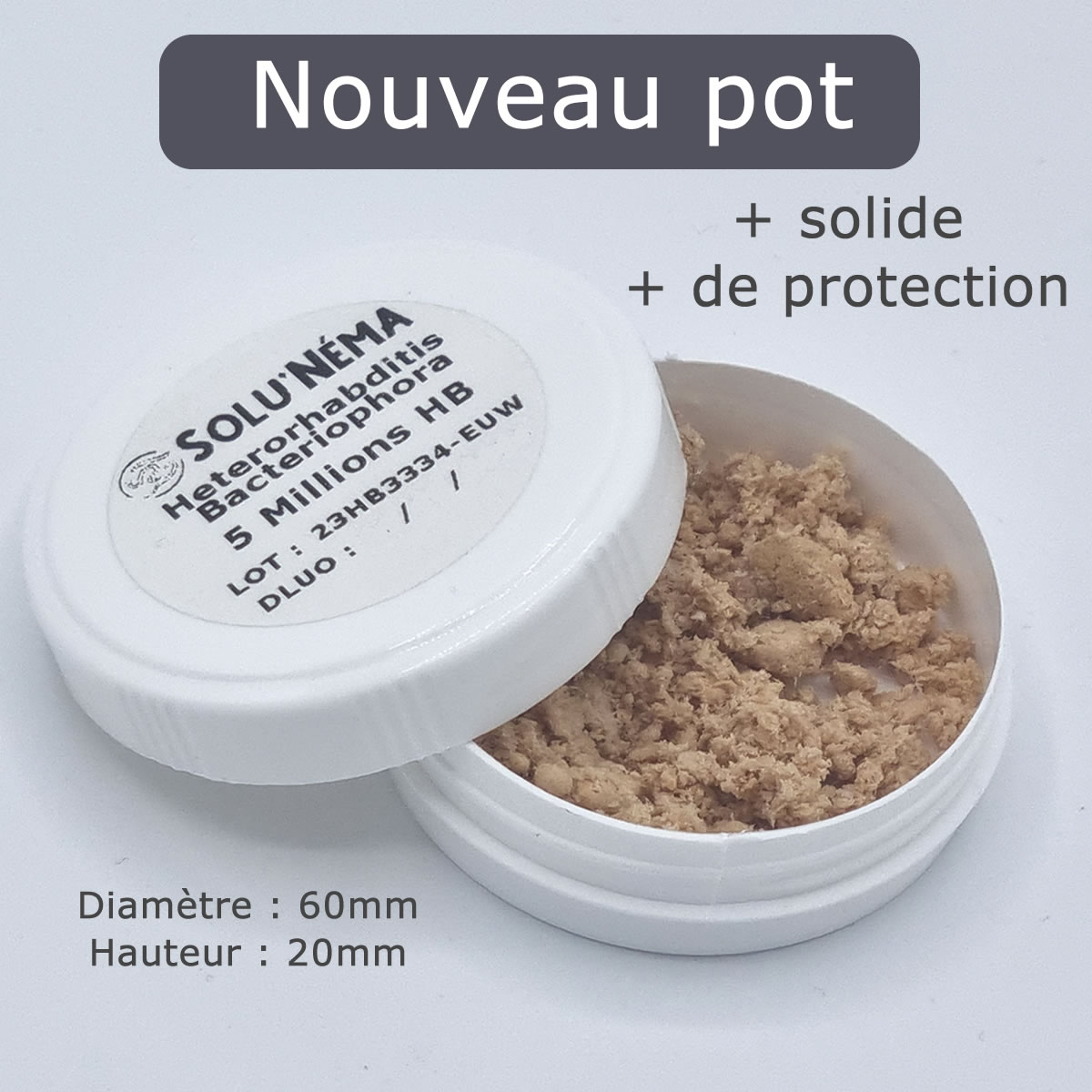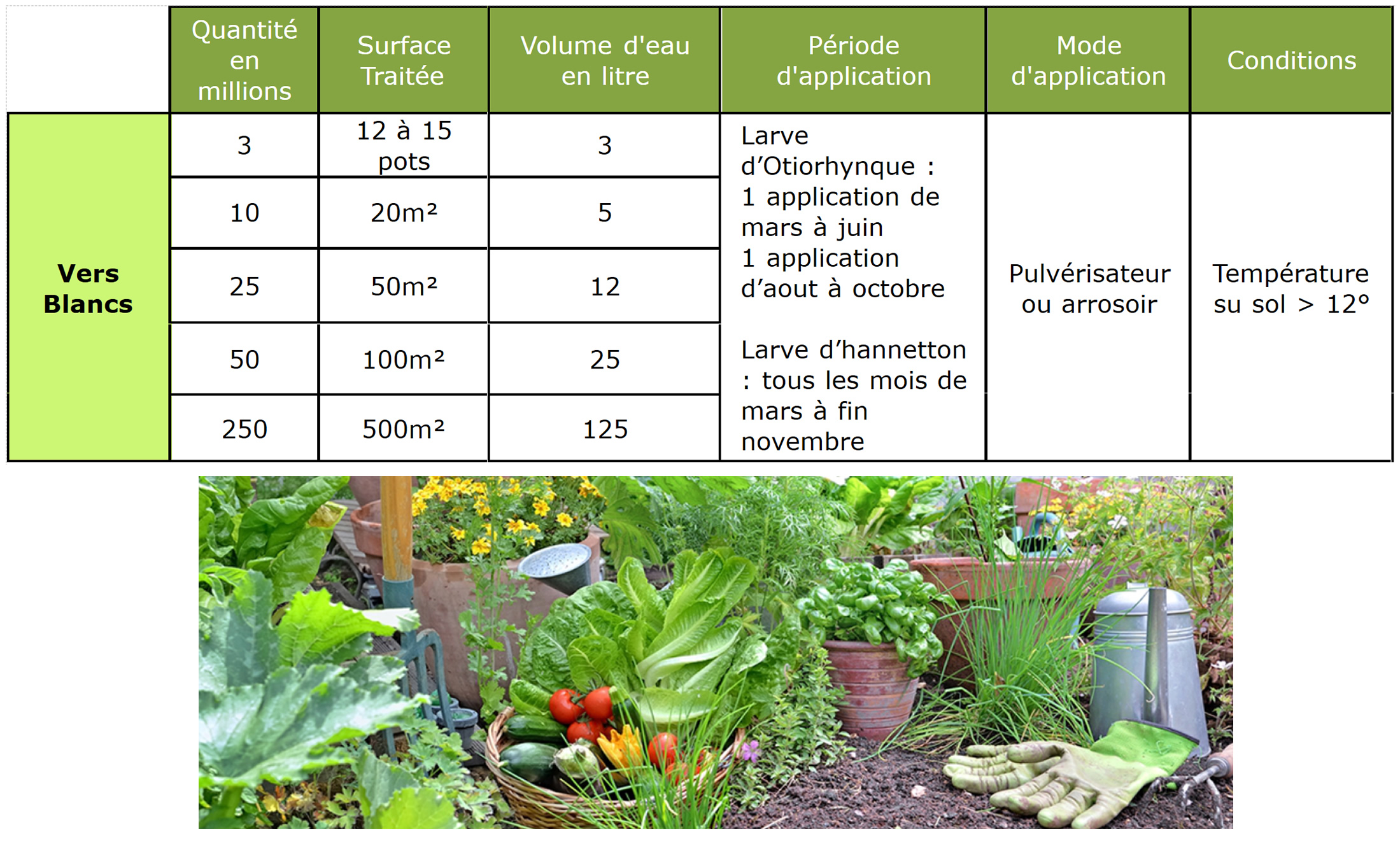- Free delivery
- Oak caterpillar
- Contact us
- Professionnal work place
- Other pests
-
![ACA - Acarien.info, products against mites]() Acariens Acarien.info, products against mites
Acariens Acarien.info, products against mites -
![ANT - Acarien.info, products against mites]() Anthrène des tapis Acarien.info, products against mites
Anthrène des tapis Acarien.info, products against mites -
![ARA - Acarien.info, products against mites]() Araignee Acarien.info, products against mites
Araignee Acarien.info, products against mites -
![ARE - Acarien.info, products against mites]() Arrosage écologique Acarien.info, products against mites
Arrosage écologique Acarien.info, products against mites -
![CAF - Acarien.info, products against mites]() Cafards et Blattes Acarien.info, products against mites
Cafards et Blattes Acarien.info, products against mites -
![CAR - Acarien.info, products against mites]() Carpocapse (vers des fruits) Acarien.info, products against mites
Carpocapse (vers des fruits) Acarien.info, products against mites -
![CRO - Acarien.info, products against mites]() Charancon rouge du palmier Acarien.info, products against mites
Charancon rouge du palmier Acarien.info, products against mites -
![CHI - Acarien.info, products against mites]() Chats-Chiens Acarien.info, products against mites
Chats-Chiens Acarien.info, products against mites -
![LCV - Acarien.info, products against mites]() Chauve souris Acarien.info, products against mites
Chauve souris Acarien.info, products against mites -
![CHE - Acarien.info, products against mites]() Chenille Processionnaire Acarien.info, products against mites
Chenille Processionnaire Acarien.info, products against mites -
![DES - Acarien.info, products against mites]() Desherbage Acarien.info, products against mites
Desherbage Acarien.info, products against mites -
![DVB - Acarien.info, products against mites]() Désinfection-Virus-Bacterie Acarien.info, products against mites
Désinfection-Virus-Bacterie Acarien.info, products against mites -
![DIU - Acarien.info, products against mites]() Destructeur Insectes UV Acarien.info, products against mites
Destructeur Insectes UV Acarien.info, products against mites -
![EPI - Acarien.info, products against mites]() Equipement Protection Individuelle Acarien.info, products against mites
Equipement Protection Individuelle Acarien.info, products against mites -
![FNE - Acarien.info, products against mites]() Fouines Acarien.info, products against mites
Fouines Acarien.info, products against mites -
![FOU - Acarien.info, products against mites]() Fourmis Acarien.info, products against mites
Fourmis Acarien.info, products against mites -
![GUE - Acarien.info, products against mites]() Guêpes - Frelons Asiatique Acarien.info, products against mites
Guêpes - Frelons Asiatique Acarien.info, products against mites -
![ENG - Acarien.info, products against mites]() Les Engrais Acarien.info, products against mites
Les Engrais Acarien.info, products against mites -
![LIM - Acarien.info, products against mites]() Limaces Acarien.info, products against mites
Limaces Acarien.info, products against mites -
![TAU - Acarien.info, products against mites]() Lyon Taupe Acarien.info, products against mites
Lyon Taupe Acarien.info, products against mites -
![INS - Acarien.info, products against mites]() Maisons Insectes Acarien.info, products against mites
Maisons Insectes Acarien.info, products against mites -
![MAT - Acarien.info, products against mites]() Materiel de traitement Acarien.info, products against mites
Materiel de traitement Acarien.info, products against mites -
![MEP - Acarien.info, products against mites]() Mérule Acarien.info, products against mites
Mérule Acarien.info, products against mites -
![MIN - Acarien.info, products against mites]() Mineuse du Marronnier Acarien.info, products against mites
Mineuse du Marronnier Acarien.info, products against mites -
![MIT - Acarien.info, products against mites]() Mites des Vêtements - Alimentaire Acarien.info, products against mites
Mites des Vêtements - Alimentaire Acarien.info, products against mites -
![MOC - Acarien.info, products against mites]() Mouche cerise Acarien.info, products against mites
Mouche cerise Acarien.info, products against mites -
![OLI - Acarien.info, products against mites]() Mouche de l olive Acarien.info, products against mites
Mouche de l olive Acarien.info, products against mites -
![SUZ - Acarien.info, products against mites]() Mouche suzukii Acarien.info, products against mites
Mouche suzukii Acarien.info, products against mites -
![MDT - Acarien.info, products against mites]() Mouche-du-terreau Acarien.info, products against mites
Mouche-du-terreau Acarien.info, products against mites -
![MOU - Acarien.info, products against mites]() Mouches Acarien.info, products against mites
Mouches Acarien.info, products against mites -
![MTQ - Acarien.info, products against mites]() Moustique Acarien.info, products against mites
Moustique Acarien.info, products against mites -
![NEM - Acarien.info, products against mites]() Nématodes Acarien.info, products against mites
Nématodes Acarien.info, products against mites -
![NIC - Acarien.info, products against mites]() Nichoirs et Abris Acarien.info, products against mites
Nichoirs et Abris Acarien.info, products against mites -
![PAL - Acarien.info, products against mites]() palmiers Acarien.info, products against mites
palmiers Acarien.info, products against mites -
![PAY - Acarien.info, products against mites]() Papillon du palmier Acarien.info, products against mites
Papillon du palmier Acarien.info, products against mites -
![PHE - Acarien.info, products against mites]() Phéromone bio Acarien.info, products against mites
Phéromone bio Acarien.info, products against mites -
![PGE - Acarien.info, products against mites]() Pigeon Acarien.info, products against mites
Pigeon Acarien.info, products against mites -
![POU - Acarien.info, products against mites]() Poux rouges du Poulailler Acarien.info, products against mites
Poux rouges du Poulailler Acarien.info, products against mites -
![PDC - Acarien.info, products against mites]() Protection du cheval Acarien.info, products against mites
Protection du cheval Acarien.info, products against mites -
![PCR - Acarien.info, products against mites]() Pucerons Acarien.info, products against mites
Pucerons Acarien.info, products against mites -
![PUC - Acarien.info, products against mites]() Puces Acarien.info, products against mites
Puces Acarien.info, products against mites -
![PUL - Acarien.info, products against mites]() Pulvérisateur Acarien.info, products against mites
Pulvérisateur Acarien.info, products against mites -
![PUN - Acarien.info, products against mites]() Punaise de Lit Acarien.info, products against mites
Punaise de Lit Acarien.info, products against mites -
![PUR - Acarien.info, products against mites]() Purin Acarien.info, products against mites
Purin Acarien.info, products against mites -
![PYR - Acarien.info, products against mites]() Pyrale du buis Acarien.info, products against mites
Pyrale du buis Acarien.info, products against mites -
![SER - Acarien.info, products against mites]() Serpents Acarien.info, products against mites
Serpents Acarien.info, products against mites -
![SDA - Acarien.info, products against mites]() Soin des arbres Acarien.info, products against mites
Soin des arbres Acarien.info, products against mites -
![SDV - Acarien.info, products against mites]() Soin des végétaux Acarien.info, products against mites
Soin des végétaux Acarien.info, products against mites -
![SOU - Acarien.info, products against mites]() Souris - Rat - Campagnol - Rongeur Acarien.info, products against mites
Souris - Rat - Campagnol - Rongeur Acarien.info, products against mites -
![STO - Acarien.info, products against mites]() Stop Odeur Acarien.info, products against mites
Stop Odeur Acarien.info, products against mites -
![TIG - Acarien.info, products against mites]() Tigre du Platane Acarien.info, products against mites
Tigre du Platane Acarien.info, products against mites -
![CPT - Acarien.info, products against mites]() Tout Pour Le Compost Acarien.info, products against mites
Tout Pour Le Compost Acarien.info, products against mites -
![TPG - Acarien.info, products against mites]() Tout Pour Mon Gazon Acarien.info, products against mites
Tout Pour Mon Gazon Acarien.info, products against mites -
![PRU - Acarien.info, products against mites]() Ver de la prune Acarien.info, products against mites
Ver de la prune Acarien.info, products against mites -
![VRI - Acarien.info, products against mites]() Vrillette Acarien.info, products against mites
Vrillette Acarien.info, products against mites
-
Lawn/grass treatment against white worms, vine weevil and cockchafer - 5 million HB nematodes
Disponibilité : En stock
Organic lawn and turf treatment against white worms, vine weevil, cockchafer - Nematodes Heterorhabditis Bacteriophora (HB) 5 million
Cockchafer
They are brown to black beetles, measuring 2 to 3 cm in length. The larvae are off-white, have a curved shape and measure 2 to 4 cm in length.
Otiorhynchus
Adults are 1.5 to 2 cm long and have a "nose" shape. They are dark brown or black in color.
Adults emerge from the soil in summer and feed on the leaves and flowers of plants, leaving distinctive crescent-shaped notches on the leaf edges. They then lay their eggs in the soil near the roots of the plants. The larvae hatch and feed on the roots, which can weaken plants and make them more vulnerable to disease and adverse weather conditions.
White grubs are considered pests because their larvae cause significant damage to plant roots, which can lead to weakening, discoloration, and even death of plants. Symptoms include wilting plants, yellowing leaves, eaten roots, and dead areas in lawns.
ATTENTION :
This is a LIVE PRODUCT with a VERY SHORT use-by date.
Avoid buying them in advance.
Use THE WHOLE SACHET at the time of TREATMENT because the nematodes are not evenly distributed in the sachet.
Packaging : Pot of 5 million nematodes for approximately 5 to 10m²
PS: Pot containing a wet granular powder
Instructions for use
If you notice damaged areas in your garden, with signs of root devouring or plants that are rapidly wilting, it is likely that you have a grub infestation. These underground larvae can cause significant damage to roots and plants. It is essential to correctly identify the problem before beginning treatment.
Cockchafer
They are brown to black beetles, measuring 2 to 3 cm in length. The larvae are off-white, have a curved shape and measure 2 to 4 cm in length.
Otiorhynchus
Adults are 1.5 to 2 cm long and have a "nose" shape. They are dark brown or black in color.
Adults emerge from the soil in summer and feed on the leaves and flowers of plants, leaving distinctive crescent-shaped notches on the leaf edges. They then lay their eggs in the soil near the roots of the plants. The larvae hatch and feed on the roots, which can weaken plants and make them more vulnerable to disease and adverse weather conditions.
White grubs are considered pests because their larvae cause significant damage to plant roots, which can lead to weakening, discoloration, and even death of plants. Symptoms include wilting plants, yellowing leaves, eaten roots, and dead areas in lawns.
1. Preparation of the nematode solution
Start by diluting the entire sachet of nematodes in a small container of clean water at room temperature. Mix well, any lumps are not a big deal. Then pour this preparation into a watering can or sprayer and add 10 liters of water at room temperature (between 15°C and 25°C). Mix again.
2. Application by spraying or watering of nematodes
Make sure the soil is slightly moist before applying the nematodes. This will make it easier for them to move around and find the grubs. Use a watering can or sprayer to spread the nematode solution over the infested area or the entire garden area.
3. Continue watering
Nematodes need a moist environment to survive. To maintain their effectiveness, continue to water the crop lightly on a regular basis. Nematodes need moisture to move through the soil and find the grubs.
4. Monitor the results
Heterorhabditis bacteriophora nematodes work by infecting and killing white grubs inside their bodies. You should see a gradual decrease in the white grub population over time. Monitor the condition of the plants closely to assess the effectiveness of the treatment. If necessary, you can repeat the application of the nematodes to ensure complete control of the infestation.
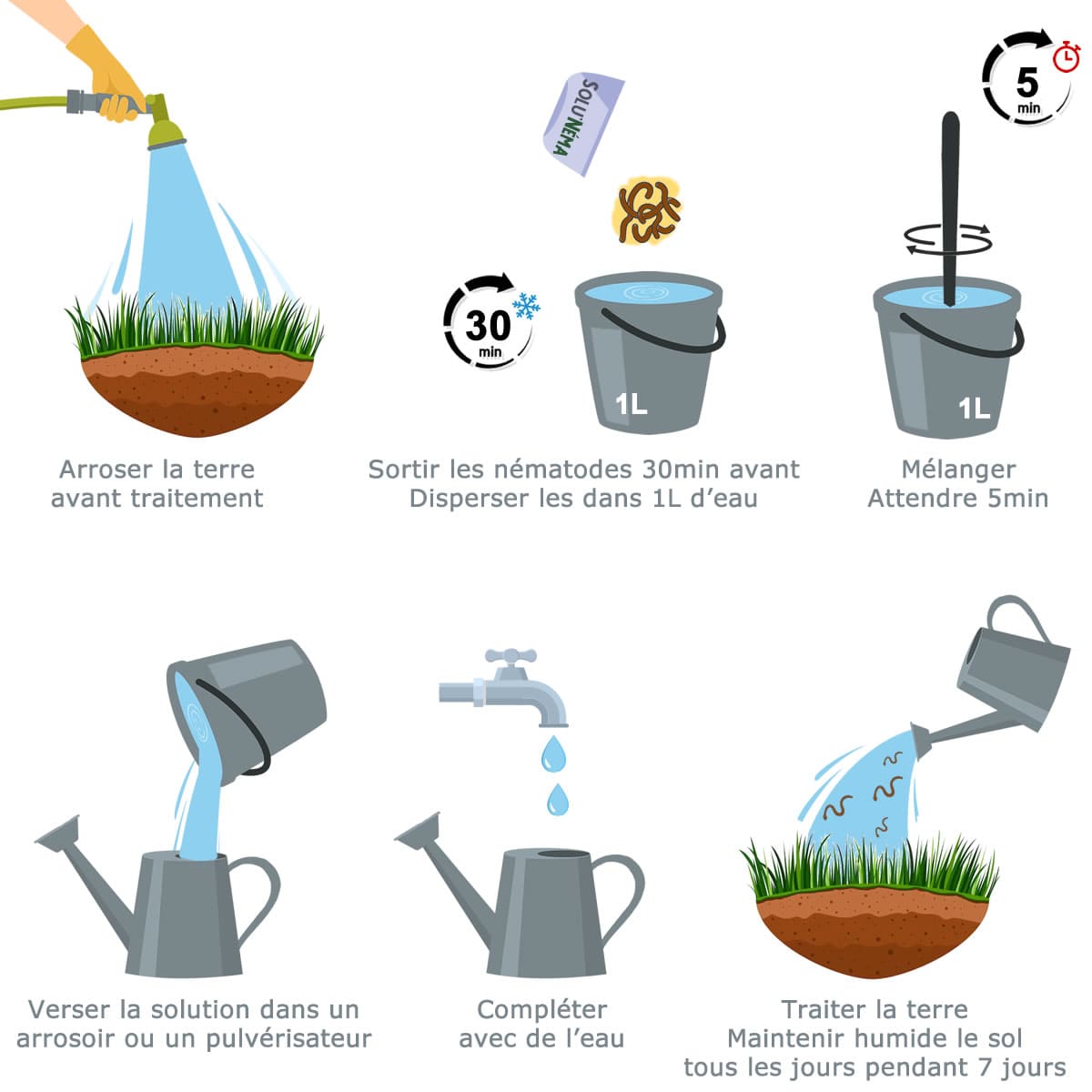
How are your nematodes delivered to you?
By unrefrigerated tracked letter directly to the mailbox.
Nematodes can survive more than 8 days at room temperature without any problem. Storing them in the fridge is just to be able to keep them longer by slowing down their development.
Nematodes should be kept cool after receipt in order to slow down their metabolism ("hibernation") so that they can be stored until the DLU date.
At room temperature, nematodes do not die but continue their development. Without food (larvae of fungus gnats), they would eventually die naturally after about ten days.
Dosage
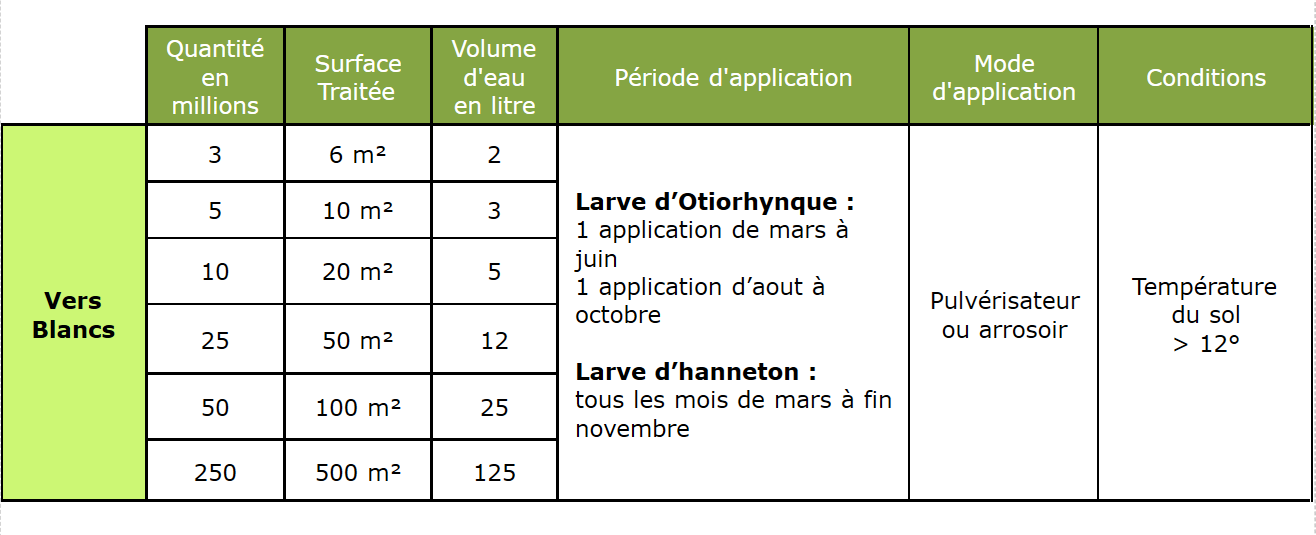
Mode of action
Nematodes are naturally present in the soil in small quantities, they are microscopic worms invisible to the naked eye, respectful of useful insects, crops and vertebrates (human beings and domestic animals). Nematodes move in the soil in search of the larvae of pests to parasitize them. When they find them, they enter their body by natural means and multiply inside, thus causing their death in a few days.
| Cart Summary | |||||||||
|---|---|---|---|---|---|---|---|---|---|
| Subtotal : | 0.00 € | ||||||||
|
|
|||||||||
| Total : | 0.00 € | ||||||||








Over-Ear Headphone
$120 $200
Lorem ipsum, dolor sit, amet consectetur adipisicing elit. Ipsum non facilis corporis modi consequatur. Iure perferendis dicta illum deleniti veritatis vero tempora maxime ducimus quaerat, iusto omnis magni doloribus. Repellat exercitationem odio amet sit.


